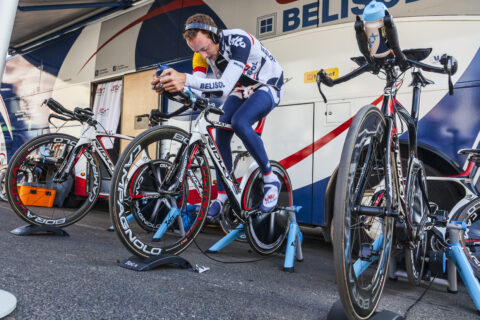Run your target marathon pace by developing basic speed before anything else.
Run your target marathon pace by developing basic speed before anything else.

Run your target marathon pace by developing basic speed before anything else.

Run your target marathon pace by developing basic speed before anything else.

We explore the best method for priming yourself for racing—busting myths and delving into the science of warm-up routines.

By stringing together several days of high-intensity training, then adequately recovering, overload blocks can produce big gains.

Adding days to your microcycles will help you improve recovery, which can improve HIT sessions. It’s a win-win.

The cardiovascular system powers endurance performance. Explore how training reshapes the heart, what causes cardiovascular drift, and why too much exercise may carry long-term risks.